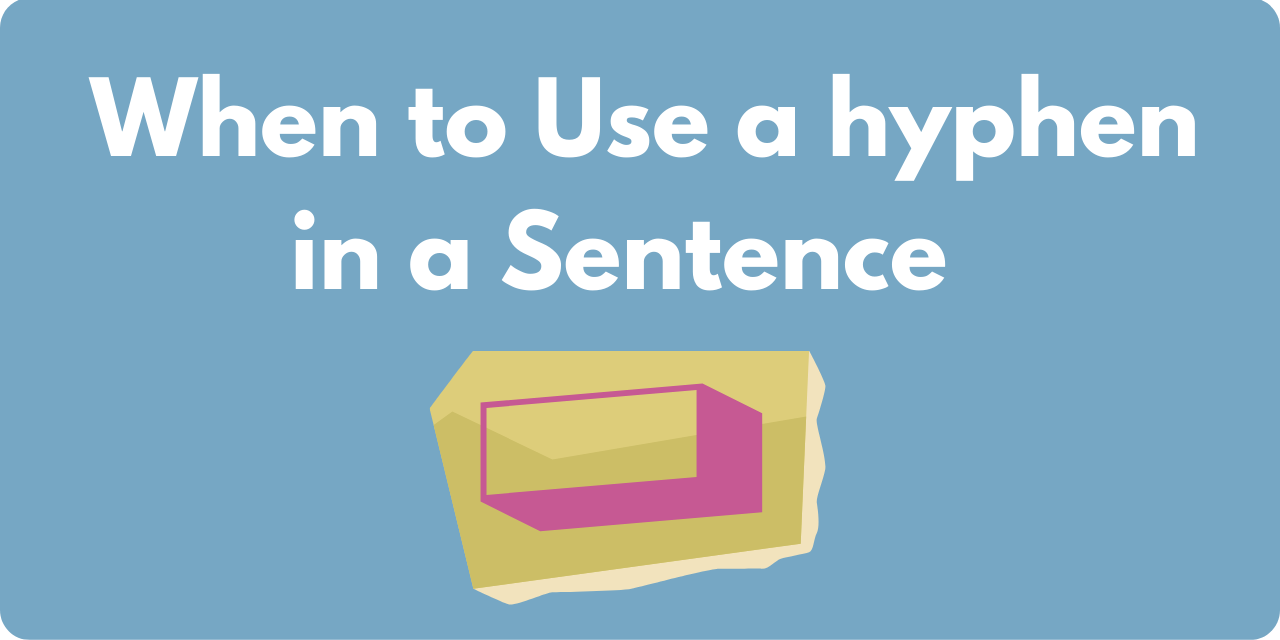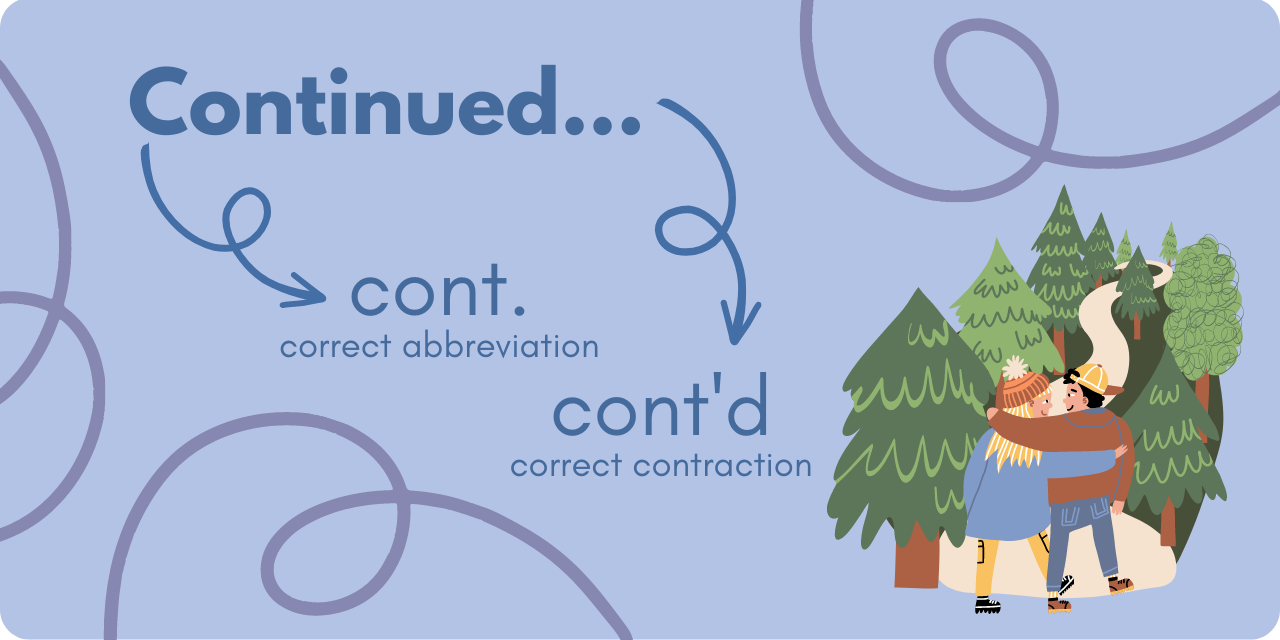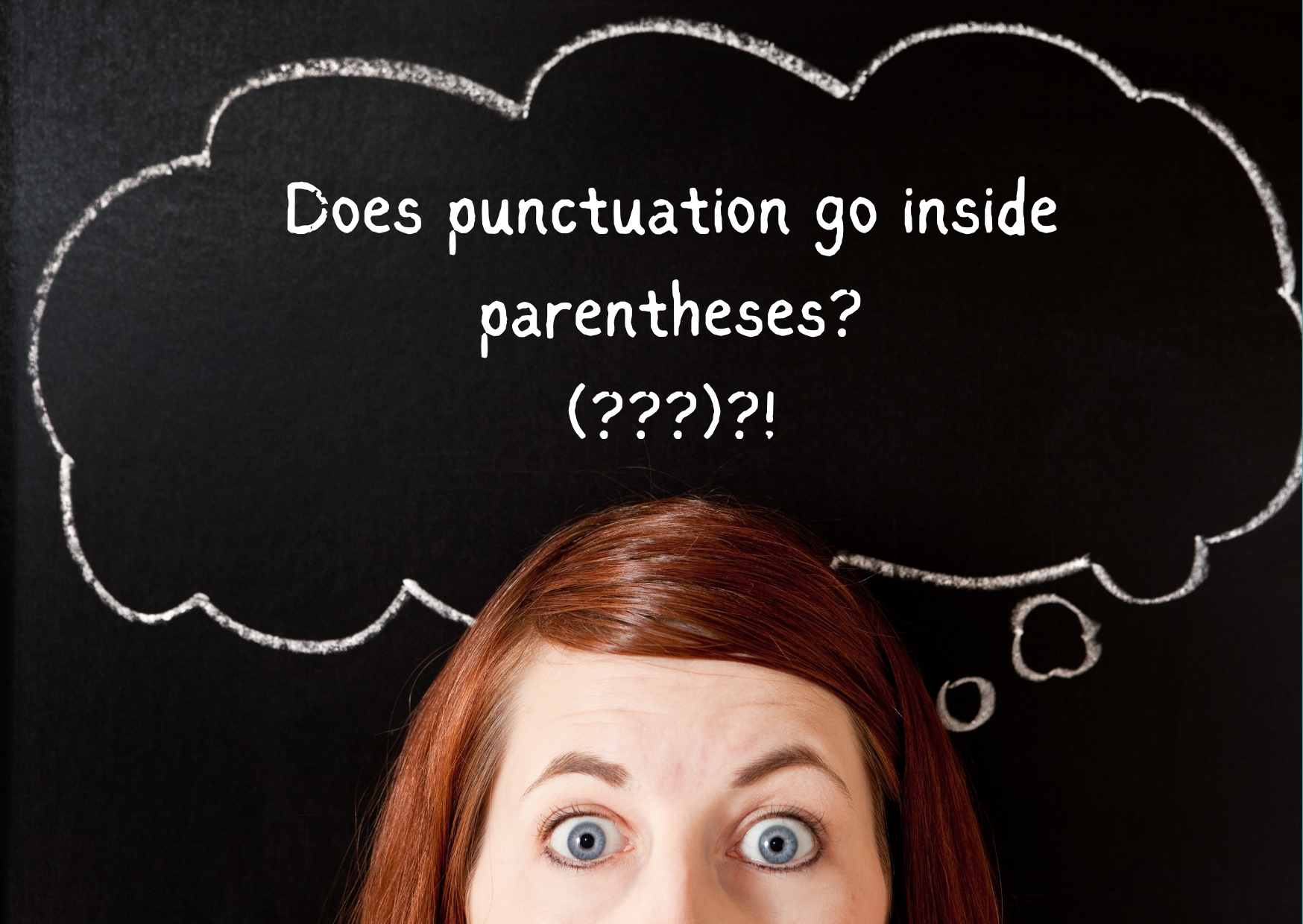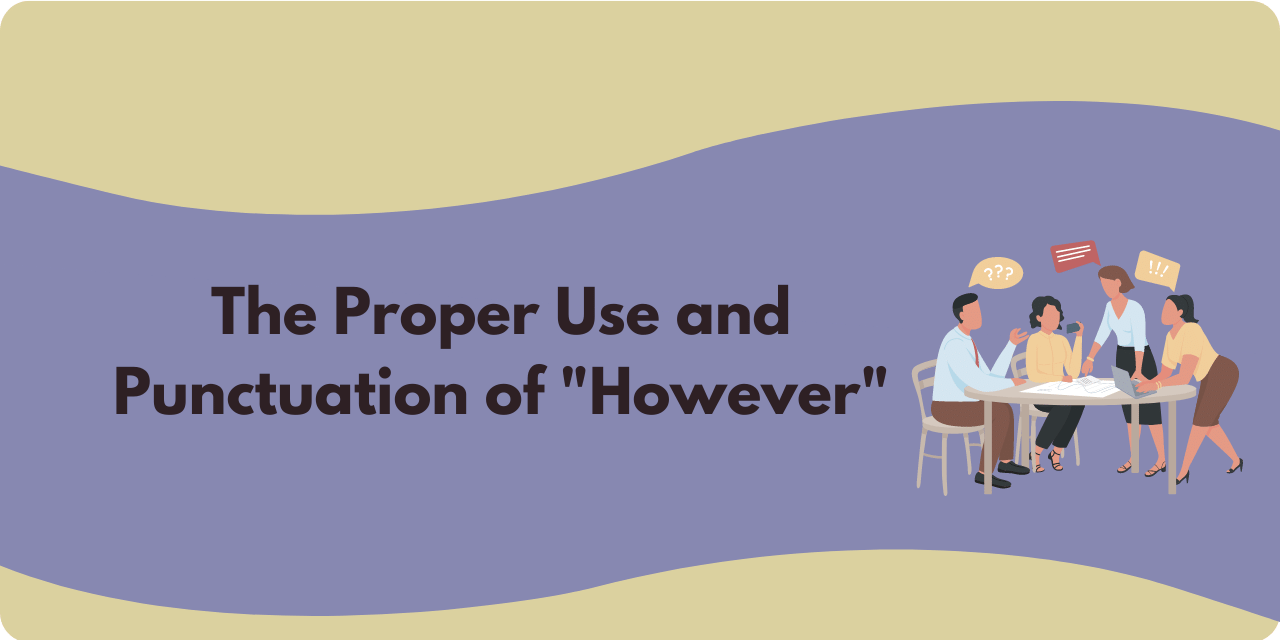Let’s talk address punctuation. Even though it may be considered a dying skill, correctly addressing an envelope can be very useful. Addresses can be tricky, as each is different and poses new formatting issues. One main example is commas, which often throw people off when addressing letters. Additionally, if you cannot address a letter correctly, it most likely won’t be able to get to the right destination. For these reasons, you should know the basics of formatting addresses.
How To Format A Basic Address
When addressing an envelope, there are three distinct lines that you must format. Those lines go as follows:
- Line 1: Recipient’s full name.
- Line 2: Street address or full P.O. box number.
- Line 3: City, State, and ZIP code.
Take a look at this correctly formatted address:
Mary Wordwough
123 NW Business Street
Autor, Washington 98765
In addition to the address at the top left corner of your envelope, you must also put one in the center. You follow the same formatting protocol for the center address but with your personal information.
Special Address Formatting Rules
There are also some special instances and rules concerning formatting addresses. First, if you are writing an address into a sentence, you should separate each aspect of the address. Each component, such as the street, city, and state, should also be separated with commas. For example:
- Mary Wordwough resides at 123 Business Street, Autor, Washington 98765
Also, if you continue the sentence after the address, you must separate the ZIP code with a comma. For instance:
- Mary Wordwough resides at 123 Business Street, Autor, Washington 98765, but she is currently looking to move elsewhere.
If your address is missing something, such as a street address or city name, simply omit them. Like the other address rules, separate it with a comma if you continue with the sentence. For example:
- Mary Wordwough resides in Autor, Washington, but she is currently looking to move elsewhere.
If you are referring to somewhere split into provinces, such as Canada, you should separate them from the country with a comma.
How To Format Dates
Just like writing an address, dates can also pose some confusing challenges. One rising challenge is that different fields of study or writing styles have different rules concerning dates. For example, formatting rules for dates are different in scientific writing compared to business writing. It is always good to check with whatever writing style you are working with!
If you are working with no set style guide and are simply putting a date at the beginning of a letter, you can format it in two main ways. First, you can put the month (abbreviated or full), day, and year. For instance:
- October 31, 2022
- Oct. 31, 2022
Some countries have also opted to format them by writing the day, month, and year with no commas. For example:
- 31 October 2022
Special Date Formatting Rules
When appearing in sentences, the formatting of dates tends to change given the context of the words around it. Additionally, whatever style you are using (traditional/modern) also impacts how you should format dates. Generally, traditional formats separate months/days from years, whereas modern formats omit the commas. For example:
- Traditional: On October 31, 2022, James gave away candy.
- Traditional: In October 2022, James gave away candy.
- Traditional/Modern: James gives away candy every October 31.
- Modern: In October 2022, James gave away candy.
- Modern: James also ate candy on 31 October 2022.
address punctuationRelated: How To Write An Address, Commas in Dates






